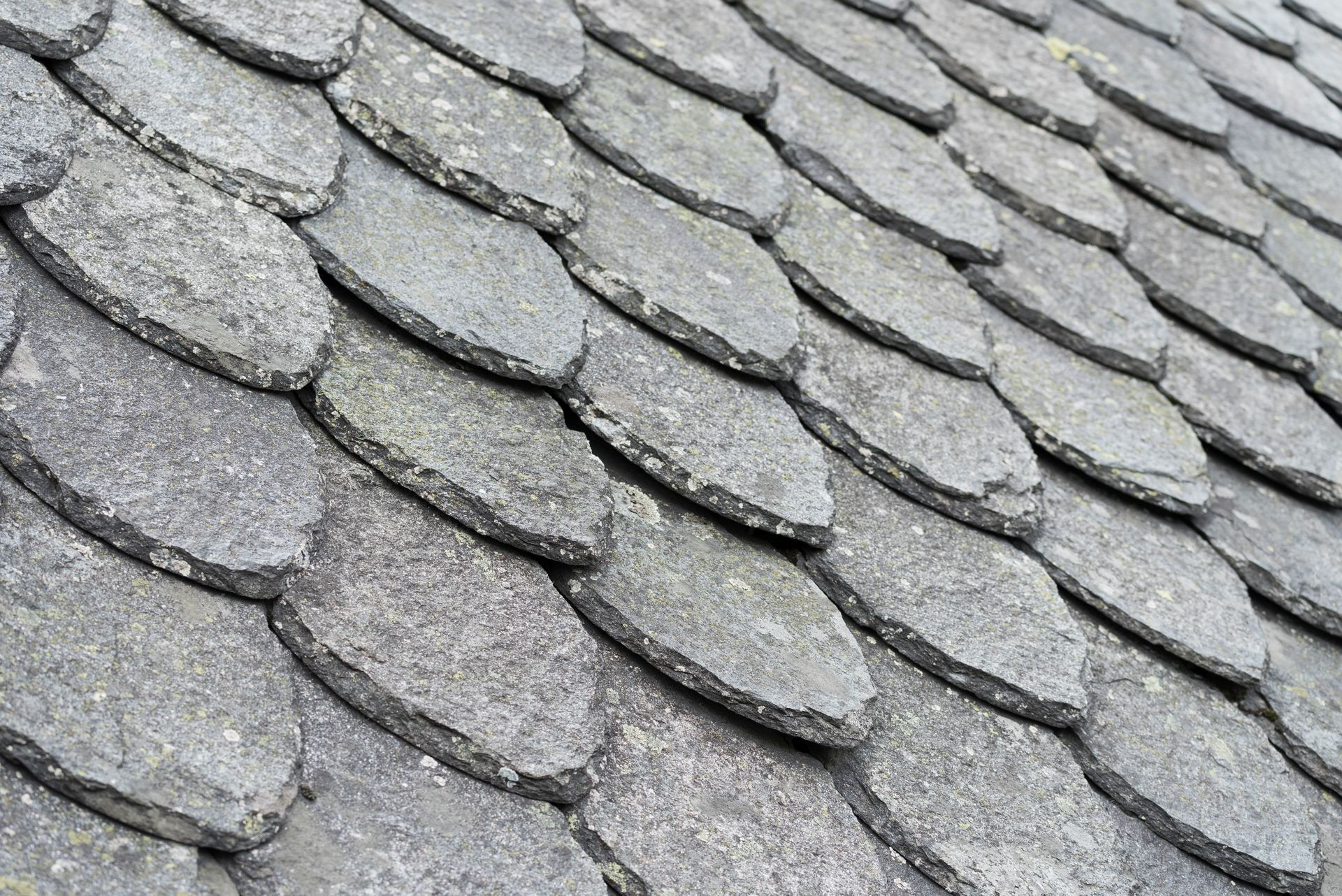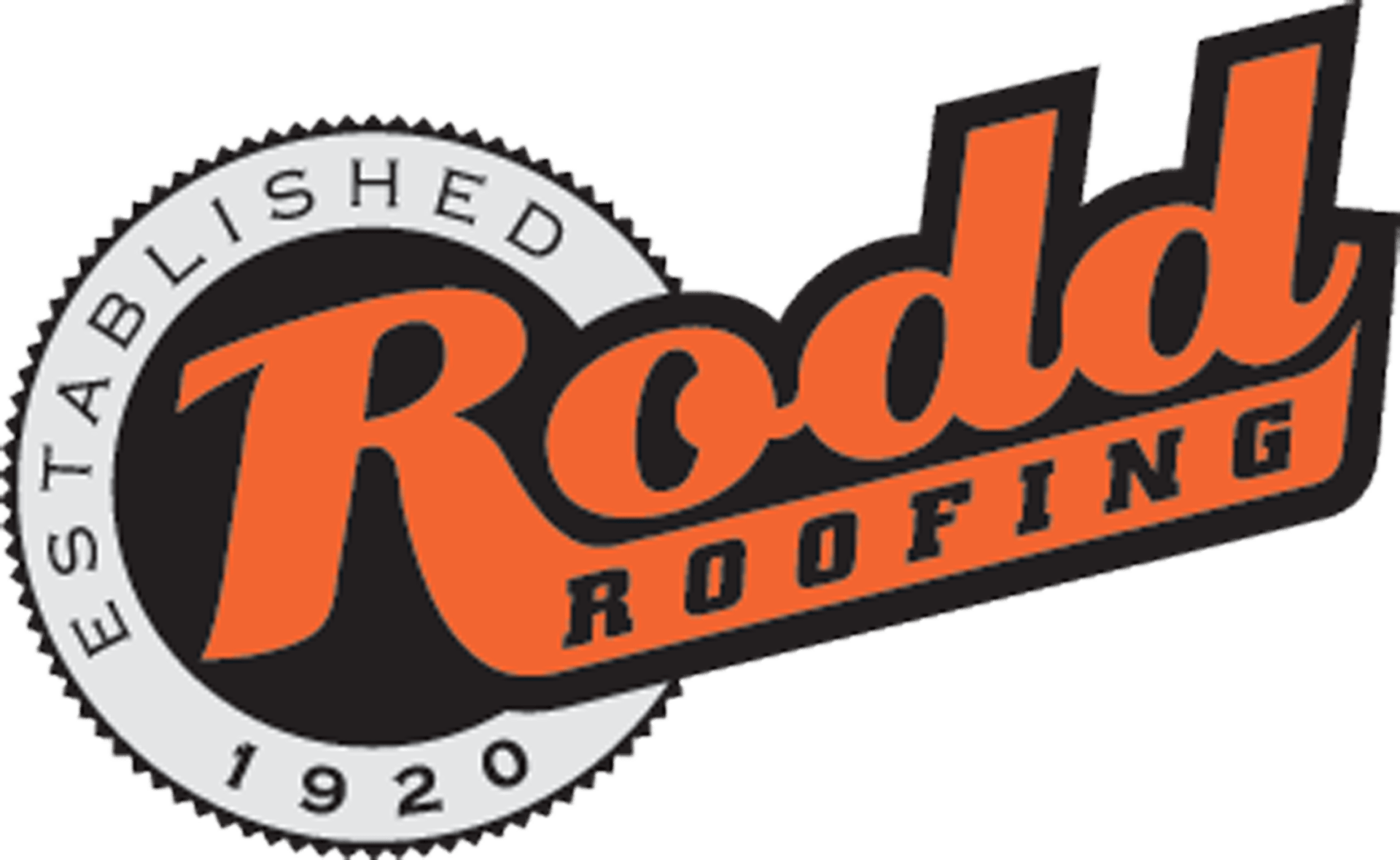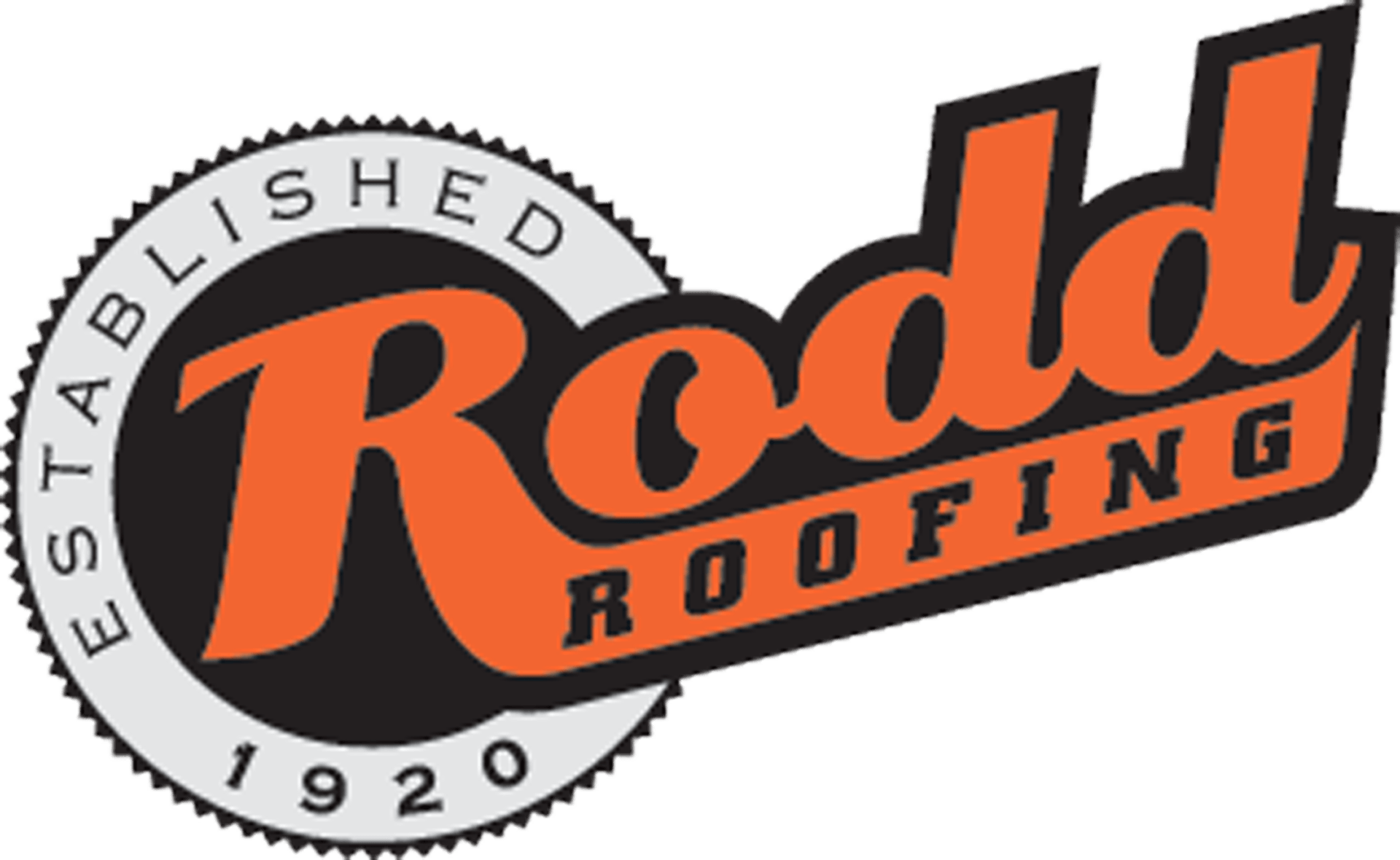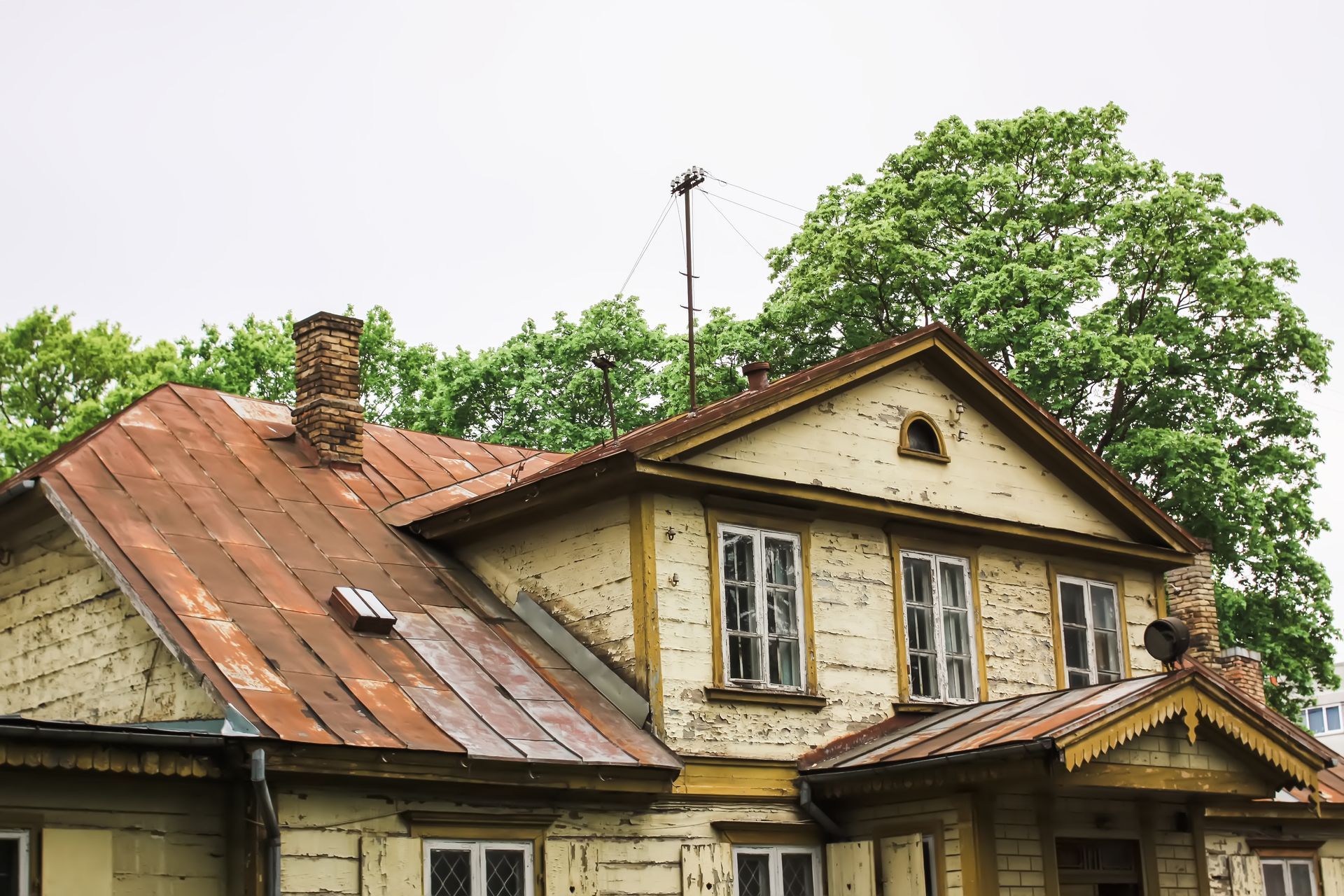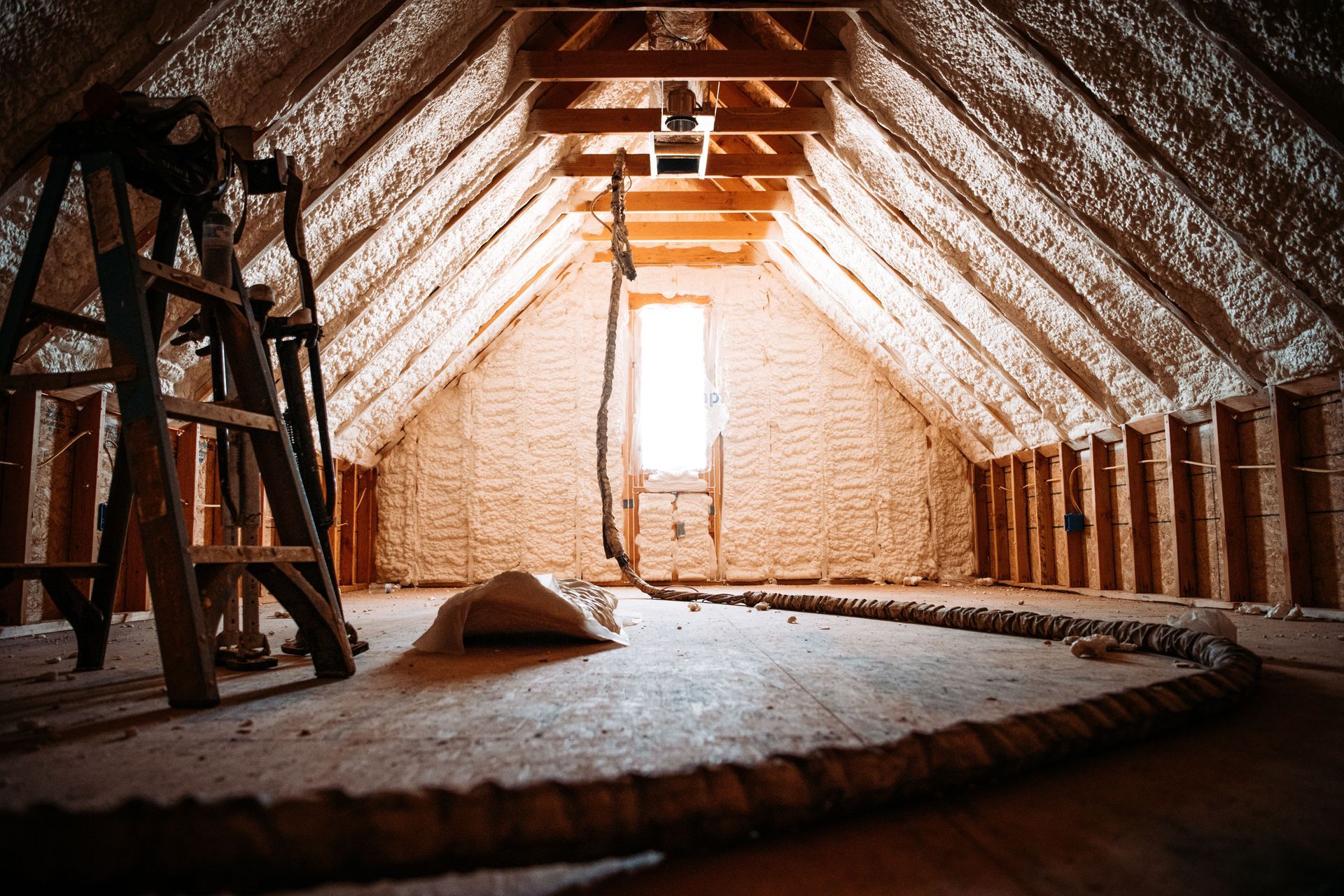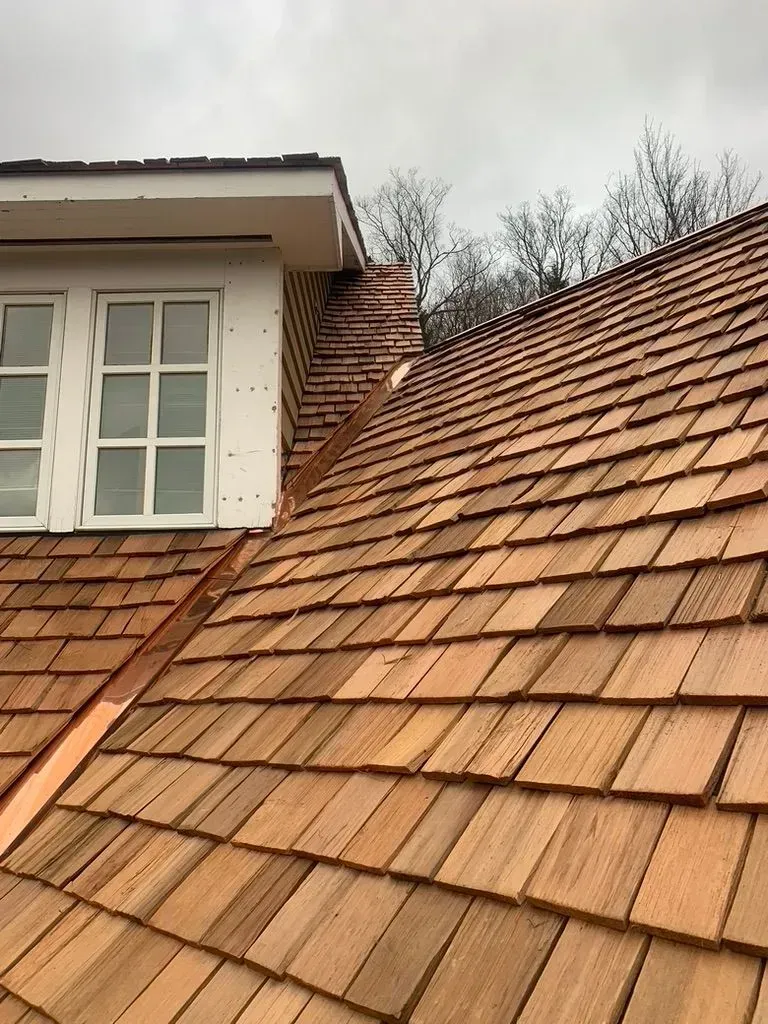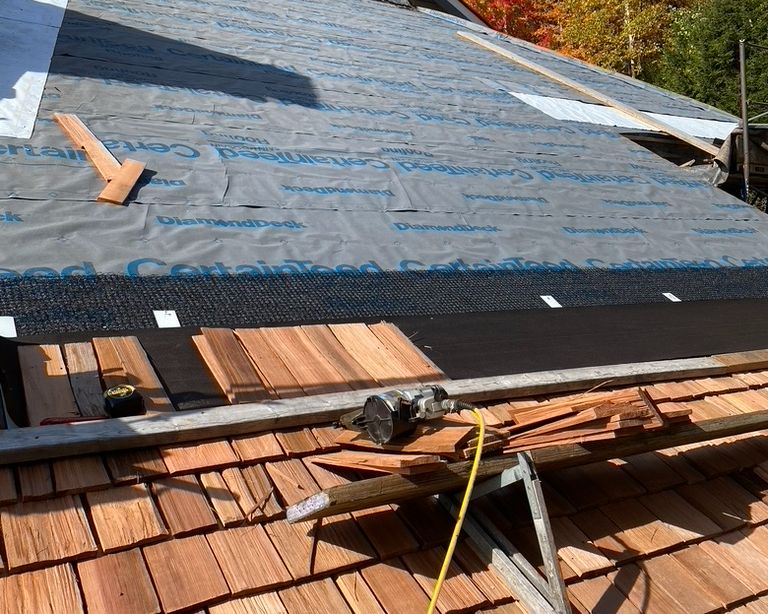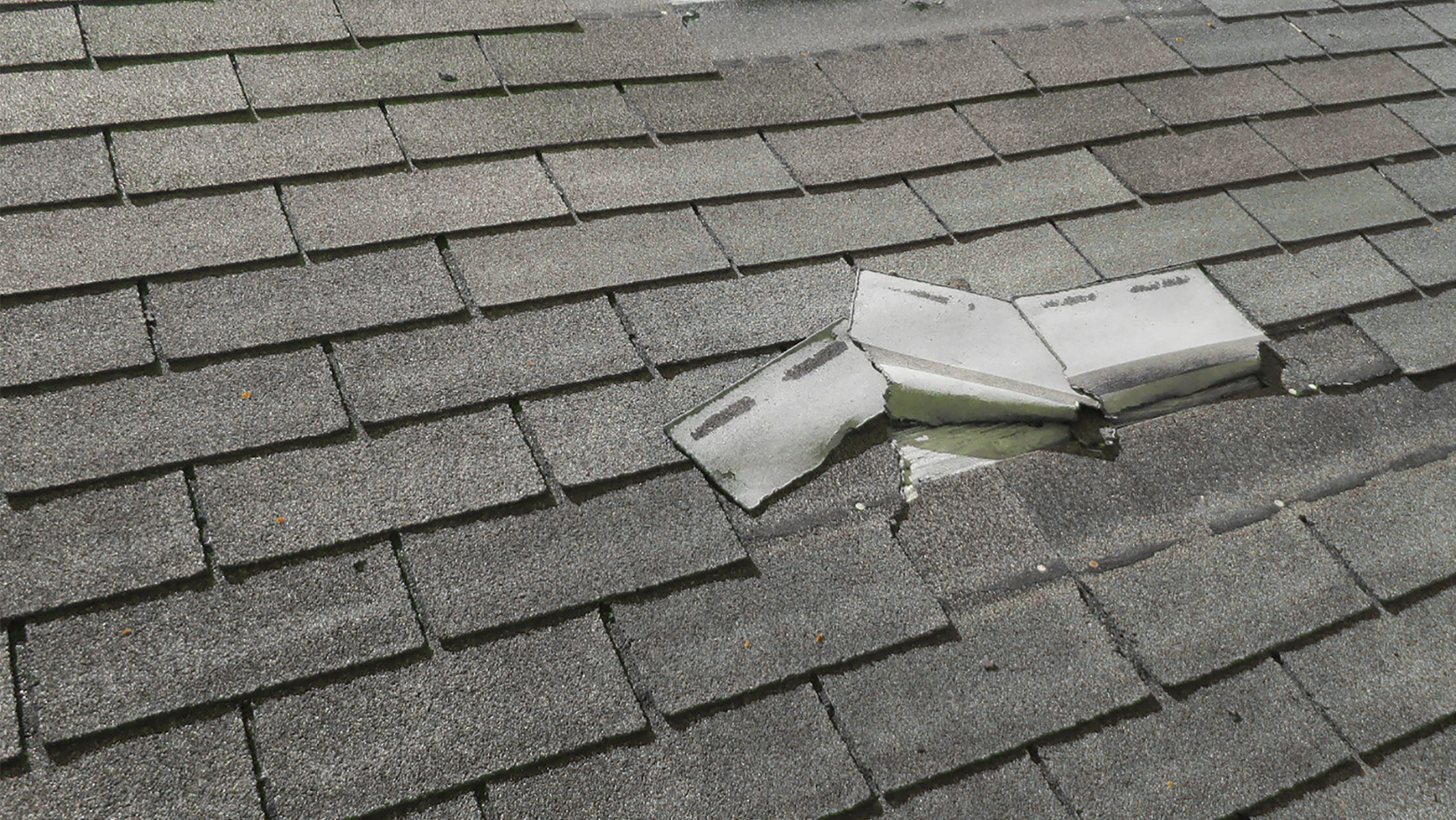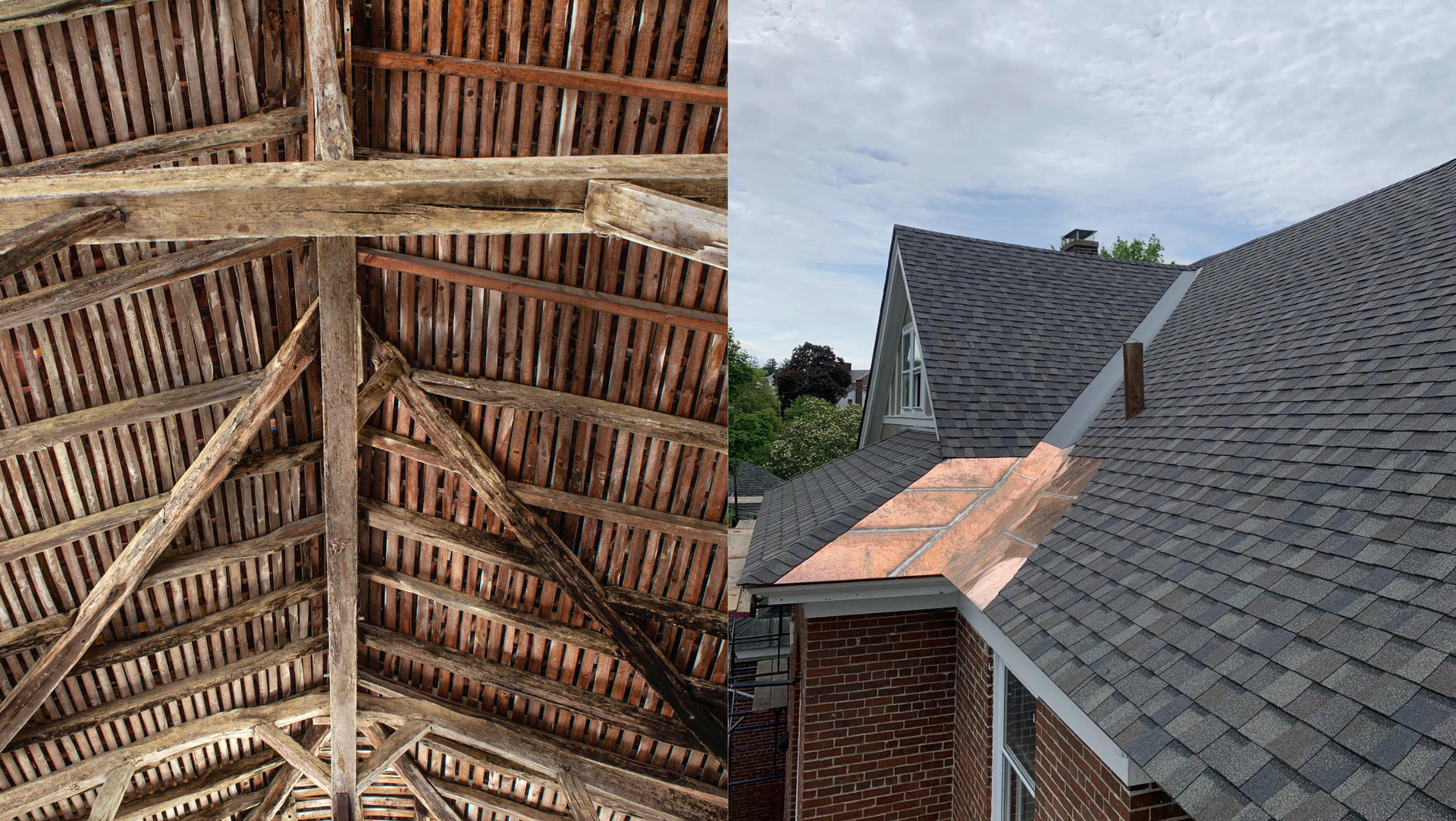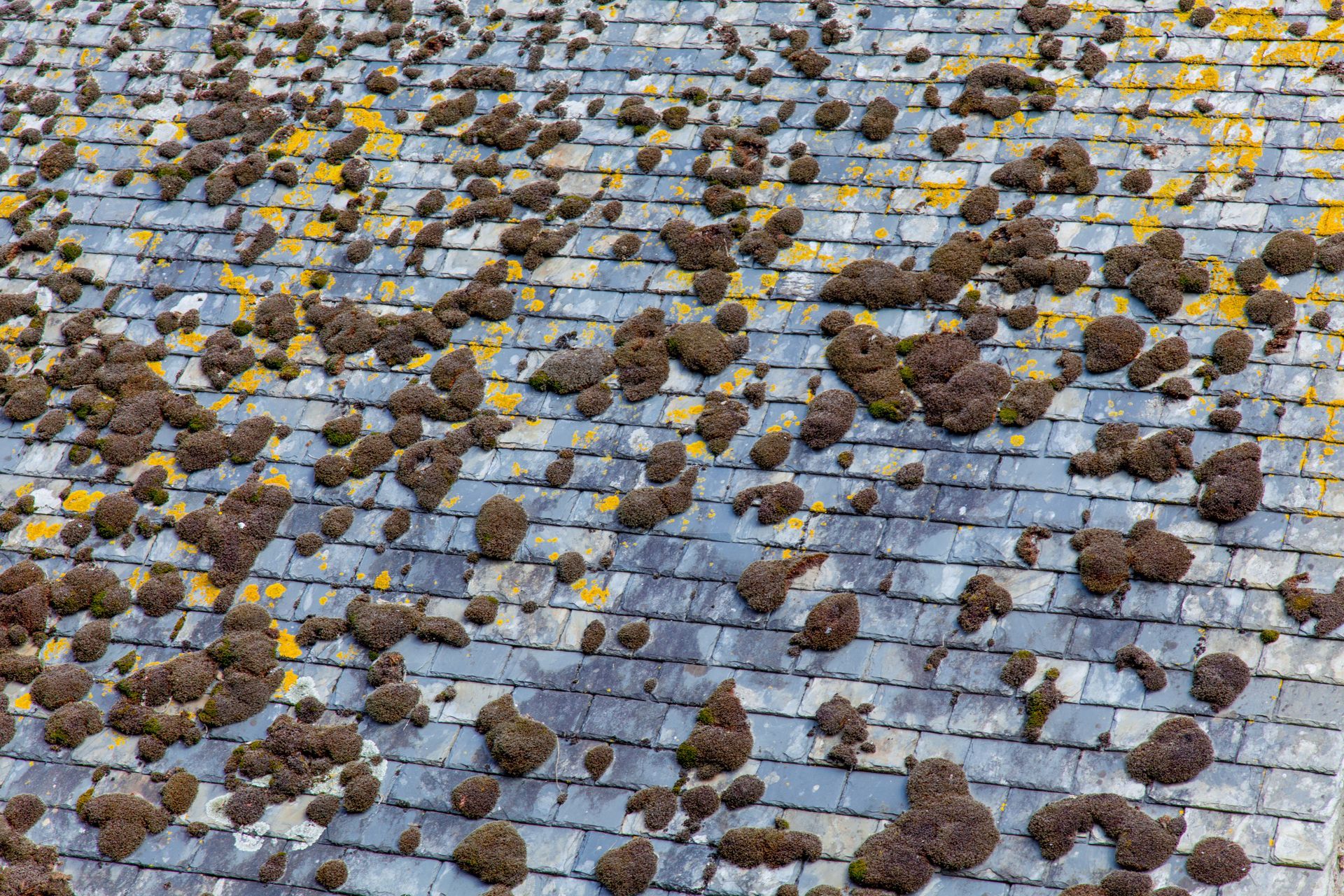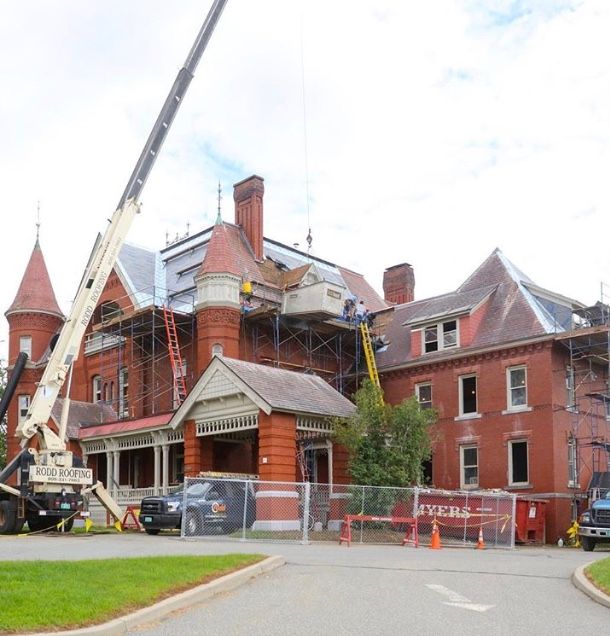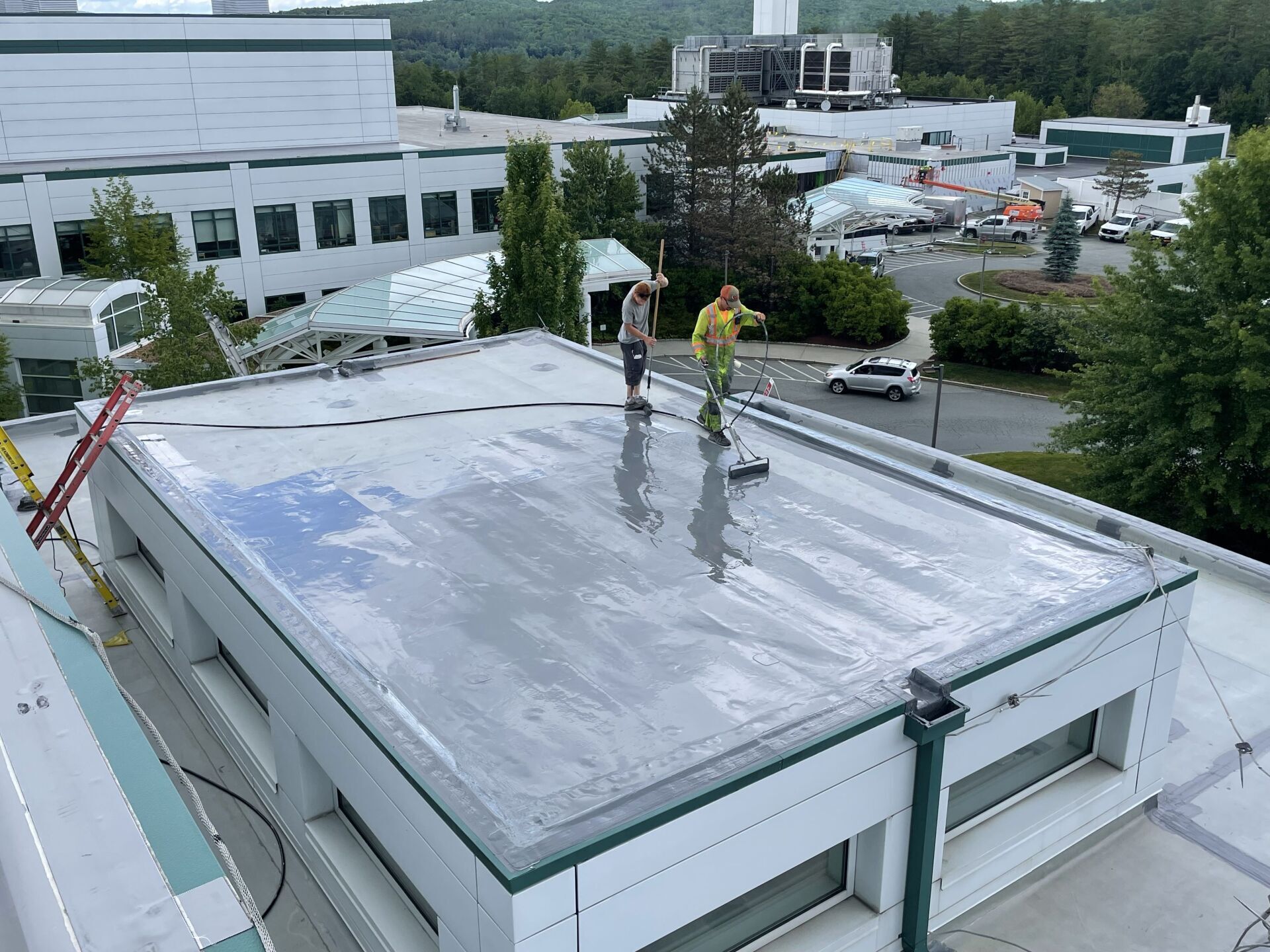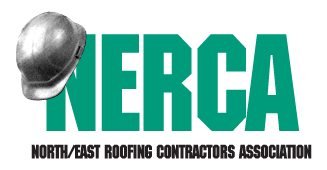A Checklist For Your Commercial Roof
A 5 Step Checklist For Your Commercial Roof
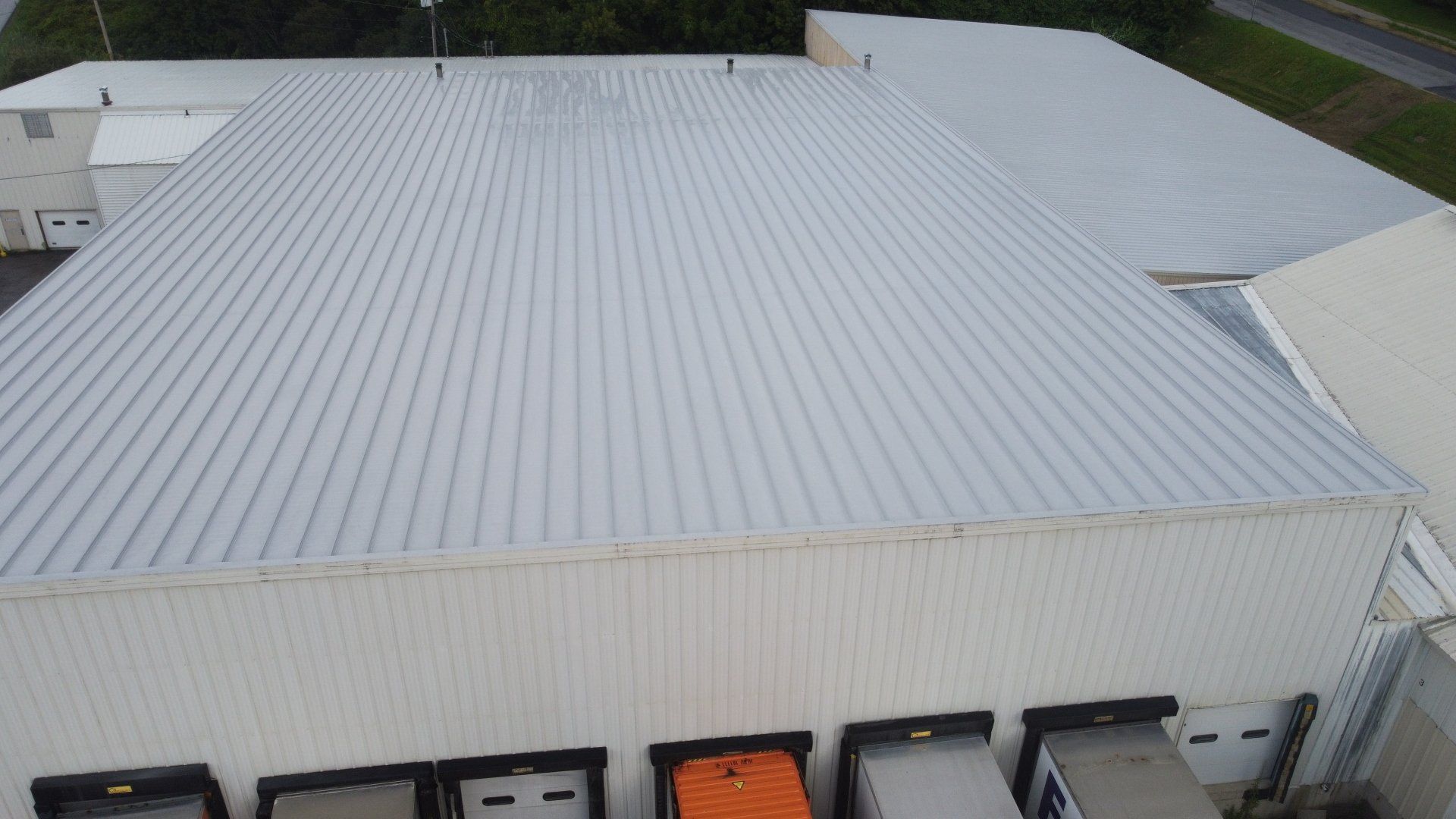
You have a lot to manage when it comes to your building and property. Sometimes it seems like a full-time job just to maintain the roof. How can you be certain that nothing has been missed with everything going on? When the time comes to hire a professional, we advise using this business roof maintenance check list and collaborating with a reputable roofing expert. Vermont-based Rodd Roofing is available to ensure that you are protecting your long-term investment.
1) Covering the basics.
There are a few common practices that each building owner and manager ought to follow. The first step is to keep thorough records that you can use to monitor the condition of your roof.
Fill Your Toolbox:
Always keep a toolset on available in case someone needs to inspect the roof. Your toolbox ought to contain:
Checklist for Your Roof:
A pencil or pen for taking notes
Taking images using a camera
Roof diagrams and aerial images
Measurement tape
Flashlight
Keep a Log:
Keep track of who climbs a roof and where on it they were. Record the date and reason they went up on the roof as well.
Note the state of the roof:
Create a checklist for each item you examine so you can note its condition. All items that are in good condition (no action is required), fair condition (keep an eye on for the time being), or bad condition should be noted (take immediate action). Take pictures of any damage to preserve the evidence.
2) Know Your Roof Type:
Although each roof is unique, they can be divided into two groups. You either have a flat roof or a slanted roof at the end of the day, and there are various procedures for each type.
Flat Roofs
Ponding water is one of the most important things to watch for in flat roofing. Aspects that appear to be pulling away from the roof should also be watched out for, as should any holes, punctures, or blisters in the roofing material.
Sloped Roofs
Use caution when walking on sloping rooftops and only allow skilled and authorized people to do so. Check from the ground up for indications of:
- damaged, deformed, or missing shingles
- Color loss or fading
- Metal that is rusted, bent, or missing
- shattered, cracked, or chipped slate or tile
- Discolored copper. It will be green in color.
3) Do An Interior Inspection
Without ever stepping foot on your roof, you can frequently detect warning indications of a problem. Watch out for these warning signs, which are visible from inside your building.
Determine Leaks
If you see any leaks or indications of a leak, note their location and take photos to record them. A professional roofer should always be contacted for an examination if you have proven leaks.
Early Symptoms of Water Damage
Check the interior for mold, dark patches, or flaking or peeling paint. Any of these signs may point to water damage. Another typical clue you might see from inside is damp patches near chimneys and vents.
Your Walls' Condition
Inspect your walls for leaks and water damage. Check to see if there is enough ventilation. Search for signs of light leaking in unexpected areas, drooping decking, and cracks in the rafters and sheathing.
4) Do An Exterior Inspection
A yearly minimum should be observed for roof inspections. Even better, do it twice a year, and always check for damage after a severe storm has passed.
Wear and Tear
Many places could show signs of wear and tear, particularly after a storm. Look out for rot, rust, and corrosion.
Markers of Damage
Keep an eye out for obvious damage and debris on your roof. Standing water, unsecured seams, and warped or missing roofing are obvious symptoms of damage. Make sure there are no broken or clogged gutters or downspouts by inspecting them.
Common Trouble Areas
Around chimneys, vents, and skylights, leaks frequently develop. Damage can quickly penetrate the decking, underlayment, and other layers if it is not detected in time.
Moisture and moss
Note any moss, mold, mildew, fungus, algae, or lichens that are sprouting on the surface of the roof. These point to a moisture issue.
5) Your Next Actions
Your maintenance team might be capable of handling inspections and simple maintenance. However, hiring a professional is always recommended since not only are they trained particularly to work on roofs like yours, but also because hiring someone else to work on the roof could void your guarantee. What happens next if you have a leak or other roof issue, or if you suspect you do but are unsure? When it's time to take action, speak with a specialist.
